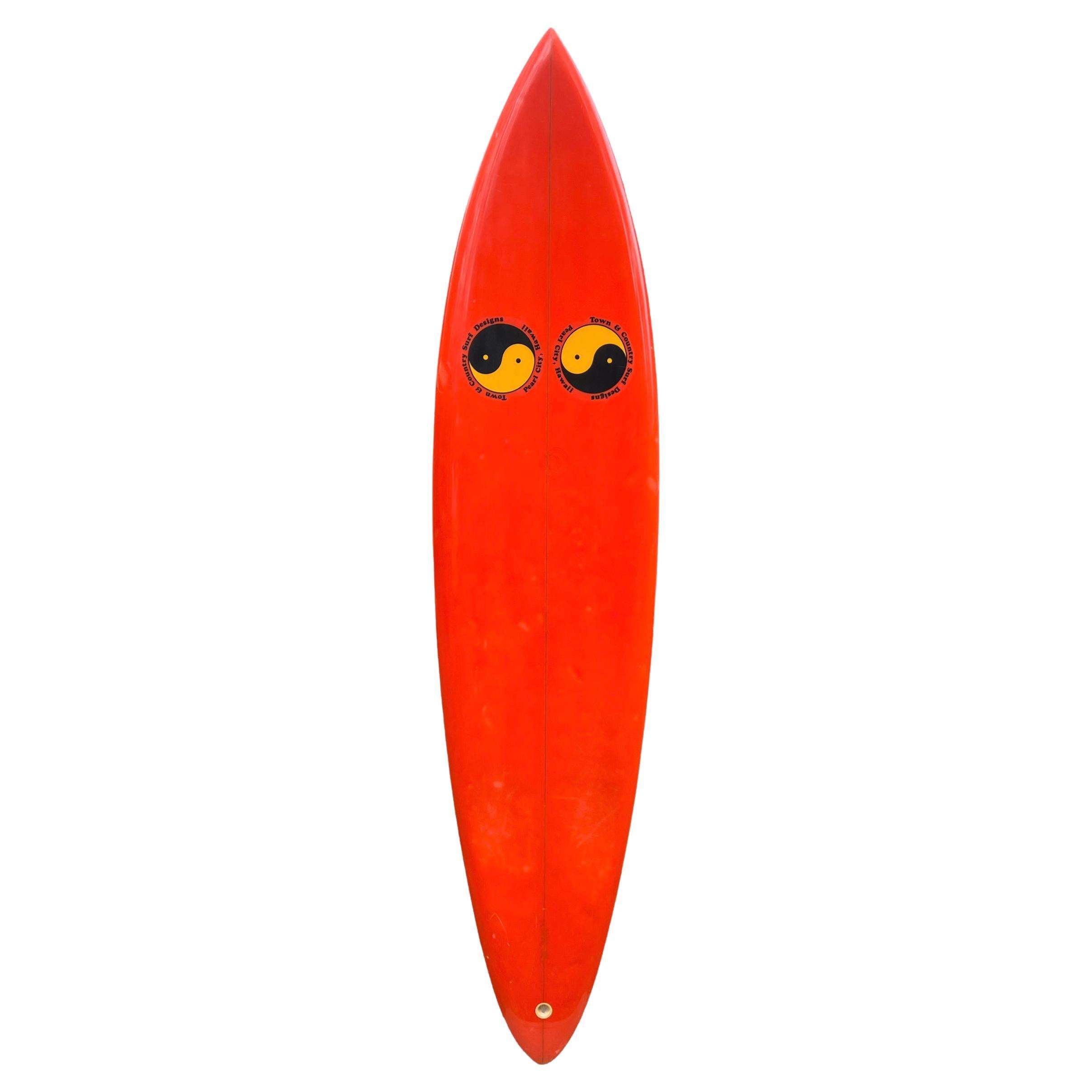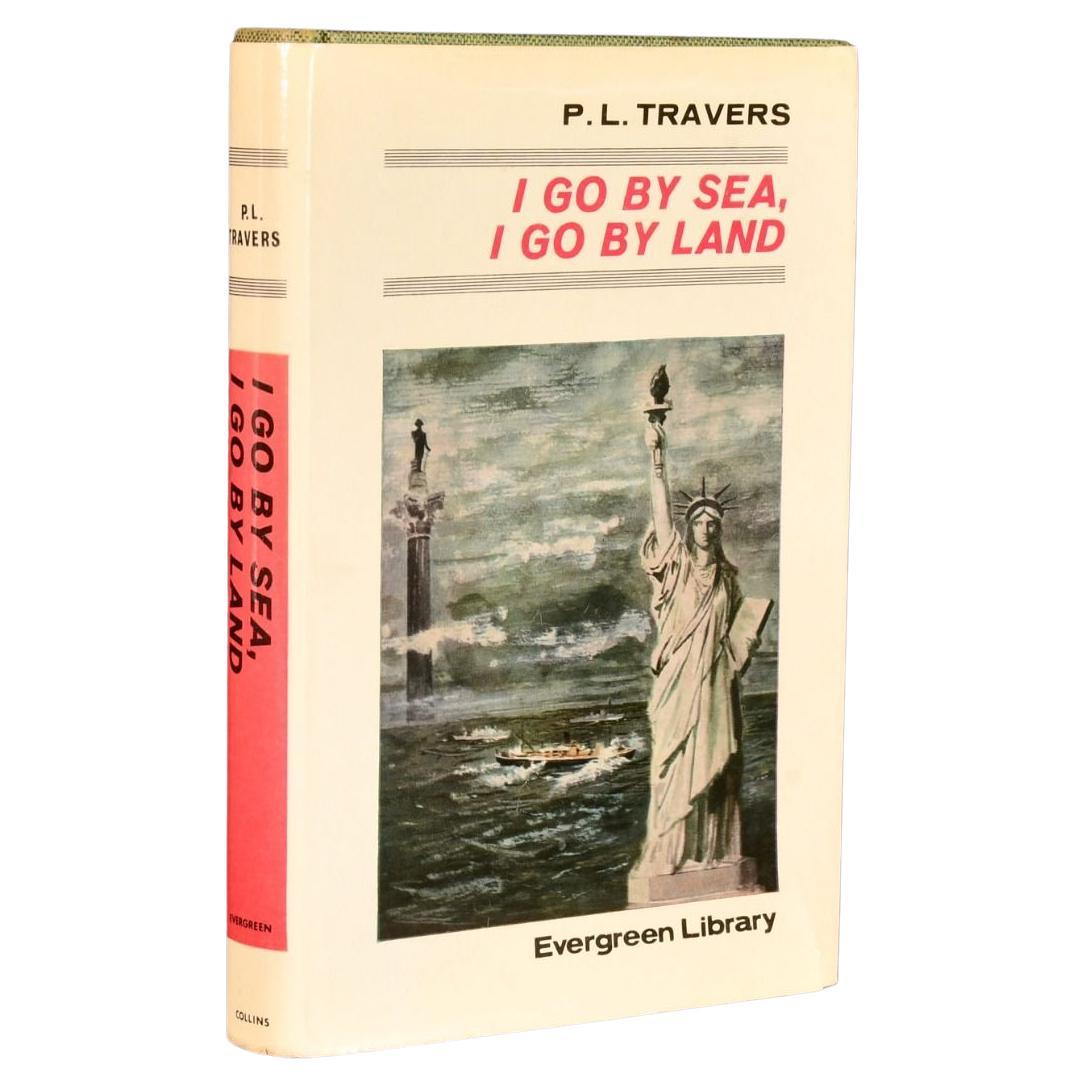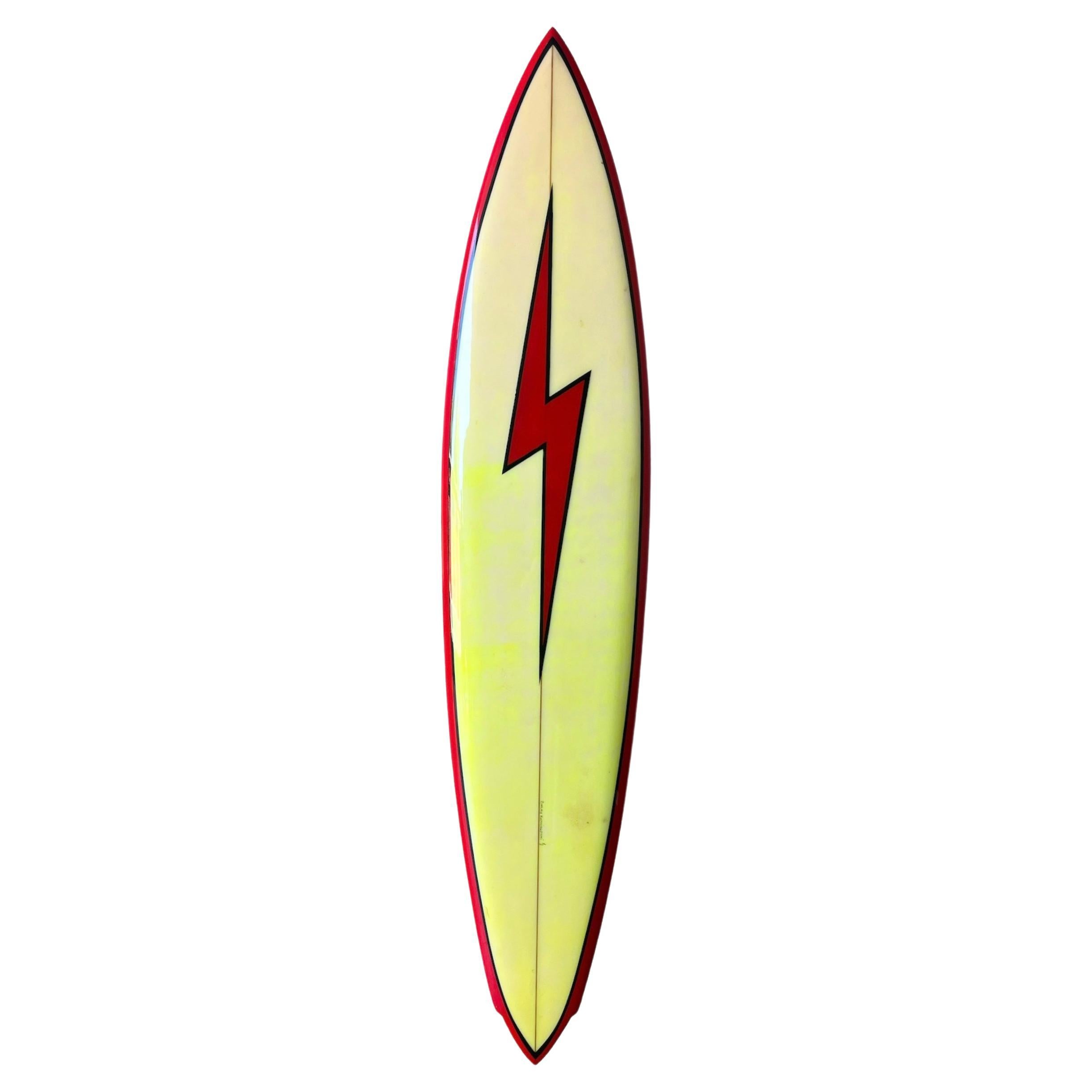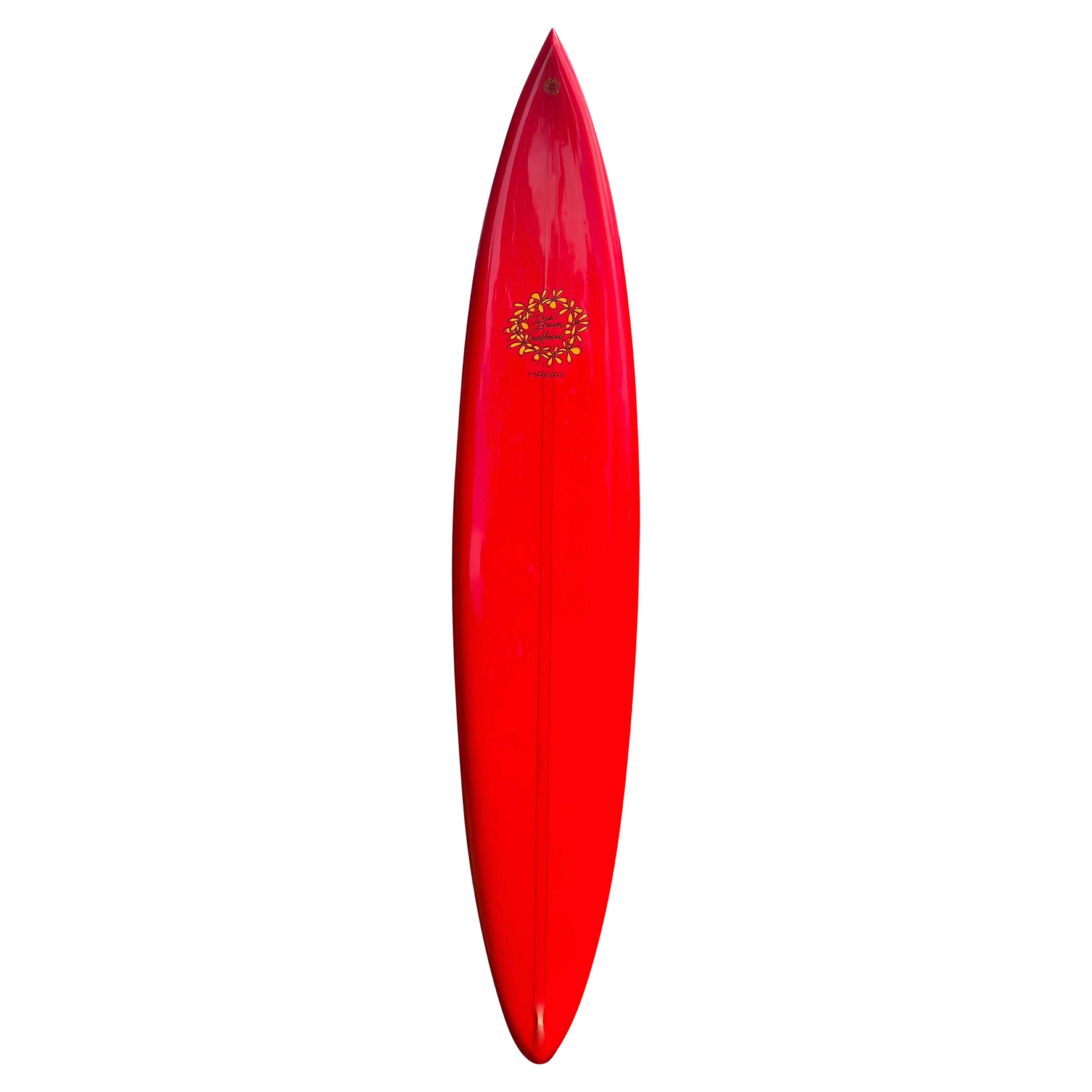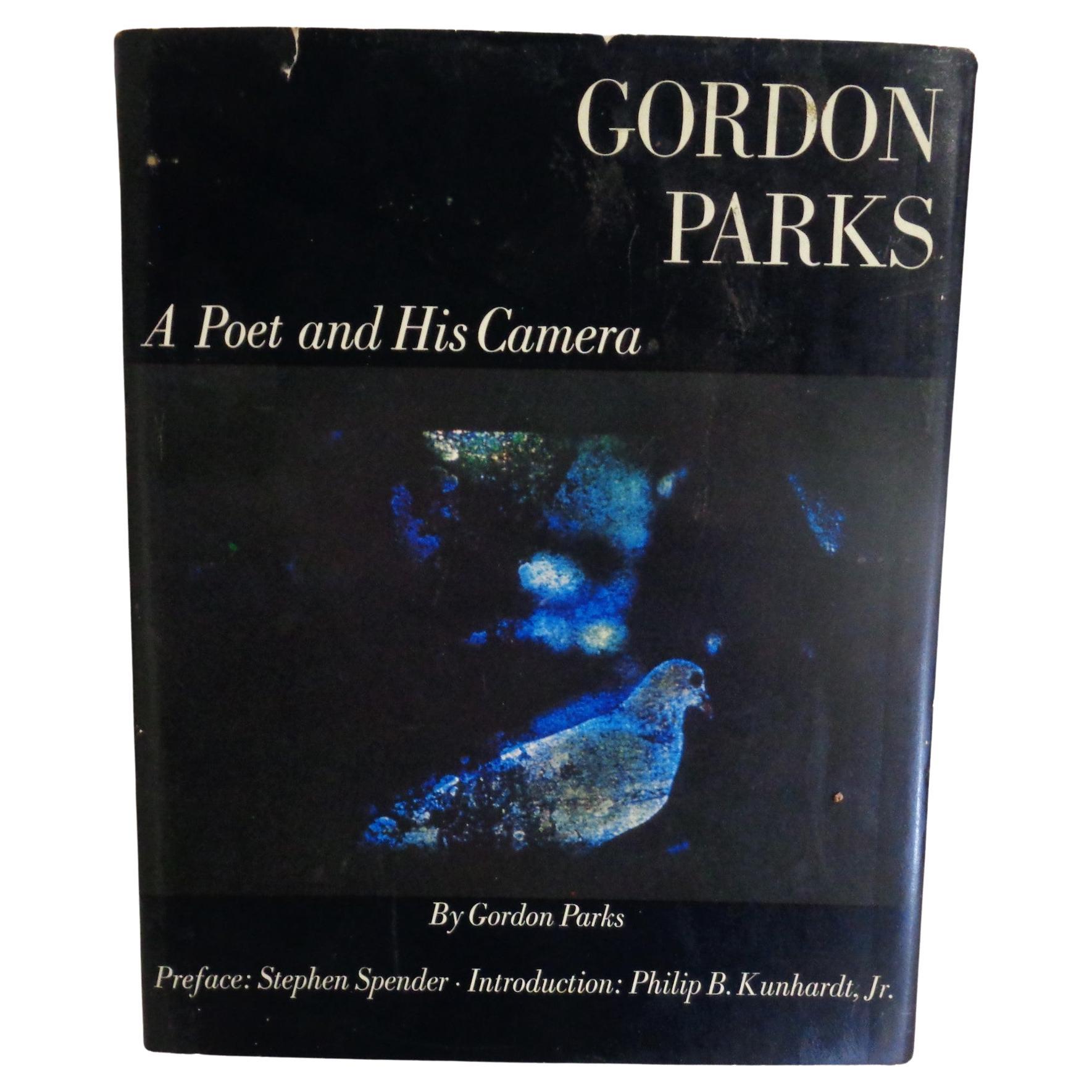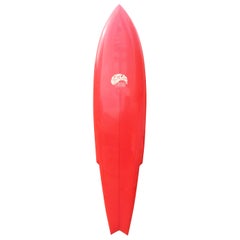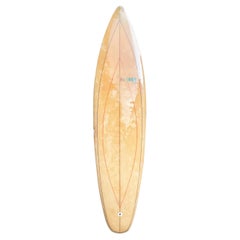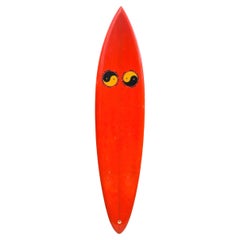
Surfboard 1966 Two Piece Bi-Sect by Gordon and Smith
View Similar Items
1 of 10
Surfboard 1966 Two Piece Bi-Sect by Gordon and Smith
About the Item
- Creator:Gordon and Smith 1 (Maker)
- Dimensions:Height: 118.5 in (300.99 cm)Width: 21.5 in (54.61 cm)Depth: 10 in (25.4 cm)
- Style:Mid-Century Modern (Of the Period)
- Materials and Techniques:
- Place of Origin:
- Period:
- Date of Manufacture:1966
- Condition:Wear consistent with age and use. This board is in excellent original condition. Extremely minor wear is consistent with age and use.
- Seller Location:Los Angeles, CA
- Reference Number:Seller: 50251stDibs: LU92194107013
You May Also Like
- 1970s Vintage Natural Design surfboard by Midget SmithBy Midget SmithLocated in Haleiwa, HIEarly 1970s vintage natural design single fin surfboard shaped by Midget Smith. Featuring a "sting" shape which was made famous by iconic Hawaiian surfer ...Category
Vintage 1970s American Sports Equipment and Memorabilia
MaterialsFiberglass, Foam
- 1960s Vintage Gerry Lopez Surfboard by Hansen SurfboardsLocated in Haleiwa, HILate-1960s Gerry Lopez Hansen Surfboards single fin. Features a transitional era surfboard shape—created when surfboards first started to be shaped sh...Category
Vintage 1960s American Sports Equipment and Memorabilia
MaterialsFiberglass, Foam, Softwood
- 1970s Vintage Town and Country Surfboard by Ed AnguloLocated in Haleiwa, HI1979 Town & Country surfboard made by Ed Angulo. Features a gorgeous red tinted deck/rails with dual T&C laminates and boxed single fin setup. A remarkable example of a 1970s surfboard made under the iconic Town and Country surfboards...Category
Vintage 1970s American Sports Equipment and Memorabilia
MaterialsFiberglass, Foam, Softwood
- Antique Engraving of Majorinus, Bishop of Carthage of the Donatist Sect, 1701Located in Langweer, NLAntique print, titled: 'Majorinus Numida' Majorinus was a bishop of Carthage in dispute with Ceacilianus. He favored the so-called Donatist sect. Het died ca. 329 AD. The background to the controversy was the wave of persecutions of Christians by the Roman Emperor Diocletian. At that time some Church leaders - unwilling to endure torture or death and become martyrs - had been ready to take such acts as worshipping the gods of the old pantheon, considered idols by Christians, or surrendering church books and property to the imperial authorities. Such people became known as 'traditors' ("surrenderers"). One of these "traditors", named Caecilian, had returned to the fold of the Church once the persecutions ended, and was consecrated Bishop of Carthage and Primate of North Africa. Those of the faithful who refused to accept the authority of such a spiritual leader raised Majorinus as a rival bishop; however, Majorinus died shortly after being consecrated, and it fell to Donatus to take his place and continue the struggle. This rare print originates from: 'Historie der Kerken en Ketteren van den beginne des Nieuwen Testaments tot aan het Jaar onses Heeren 1688. Onzydig in 't Hoogduytsch beschreeven, door den Hoog-geleerden Heer Godfried Arnold, Voor deezen Hoog-Leeraar in de Historien tot Giesen. In het Neederduyts vertaald. Vercierd met verscheyde Koopere Plaaten door den Heer Romeyn de Hooghe.' (transl.: History of Churches and Heretics from the start of the New Testament until the year of our lord 1688 ...), by Godfried Arnold, Dutch edition published by Sebastiaan Petzold, Amsterdam 1701. This edition contains portraits of heretic figures, etched by the reknown Romeyn de Hooghe. Artists and Engravers: Made by 'Romeyn de Hooghe' after an anonymous artist. Gottfried Arnold (pseud. Christophorus Irenaeus) was an important representative of the so-called radical Pietism, publicist, church historian and chants writer (so he was believed to have written the well-known Church song 'O Durchbrecher aller Bande'). Arnold studied theology in Wittenberg. From the Lutheran Orthodoxy he converted, through writings of Spener, to Pietism, associating later into a circle around the court preacher Sprögel, who was influenced by Jakok Böhm. Many medieval mystics were later re-issued by him. In addition he was clearly influenced by Grotius and the early enlightenment. His quest for the 'true' Christianity rightly brought him in the early Church. So he arranged an edition containing the sermons of the desert father Macarius. Arnold was a skilled patristicus, although he did not escape from the creation of an ideal image of the Christian life in the early Church, in his view a flowering time which ended with the reign of Constantine. His first study of the early Church ('Die erste Liebe der Gemeinen Jesu Christi') provided him a professor position in Gießen, a post which he soon left, disappointed by what he called the 'Ruhmsachtige Vernunftwesen des akademischen Lebens'. He continued as an individual scientist and he published books and poems. His main work is 'Unparteiischen Kirchen- und Ketzerhistorie' (1699-1700), of which this is the Dutch translation. He adapts in this study the reformatory decay theory, where the censure lies no longer with Constantine, but the post-Apostolic time. The decay is temporarily lifted with the Reformation, but occurres again soon, so that even the contemporary institutional Protestantism lies under the fire of his criticism. On the other hand he favours the 'Church of the spirit' that existed in all times (invisible) and is characterised by avoiding the world and asceticism. Not the orthodoxy, but the subjectivity of religious man...Category
Antique Early 1700s Prints
MaterialsPaper
- 1966 I Go By Sea, I Go By LandBy P. L. TraversLocated in Bath, GBAn uncommon to see signed novel by P. L. Travers, a touching war novel inscribed by Travers. The author's presentation copy, signed to the recto of the front endpaper, 'Mary Cadogan...Category
Vintage 1960s British Books
MaterialsPaper
- Vintage 1970s Dick Brewer Surfboards by Bob RicardBy Dick BrewerLocated in Haleiwa, HILate-1970s Dick Brewer surfboard made by Bob Ricard. Features a yellow tint with swallow tail winged shape design. Central pinstriping with pinstriped...Category
Vintage 1970s American Sports Equipment and Memorabilia
MaterialsFiberglass, Foam, Hardwood, Softwood
Recently Viewed
View AllMore Ways To Browse
Harbor Surfboards
Vintage Rubber Balls
Vintage Saddle Stirrups
Dior Racket
Waikiki Surfboard
1932 Babe Ruth
Louis Vuitton Golfball
Nijni Et Stone
Vintage Santa Cruz Skateboard
Vintage Soccer Trophy
Infinity Surfboard
Used Gilbert Cues
Vintage Schwinn Tandem
Dura Ace
Sports Autographs
Bone Handle Cane
Jockey Weighing
Pool Cue Cabinet


